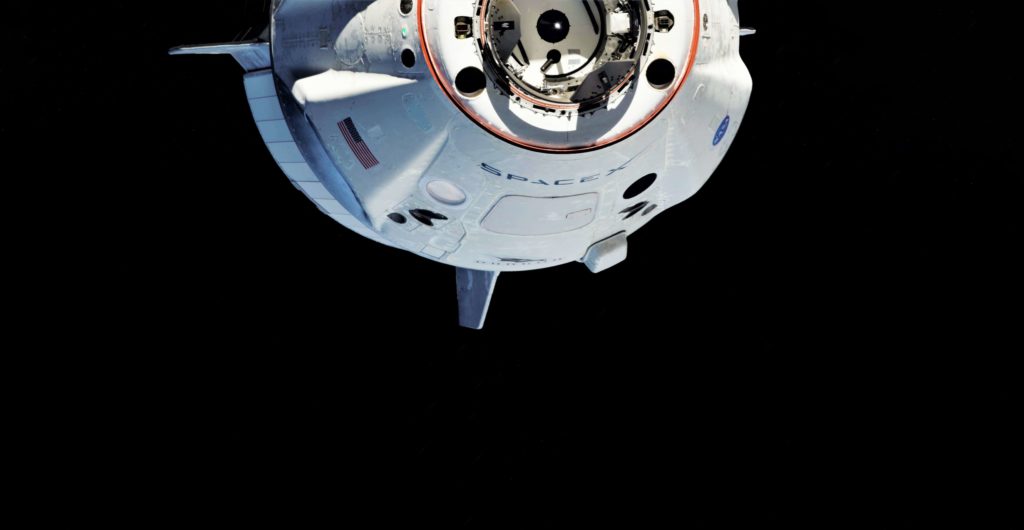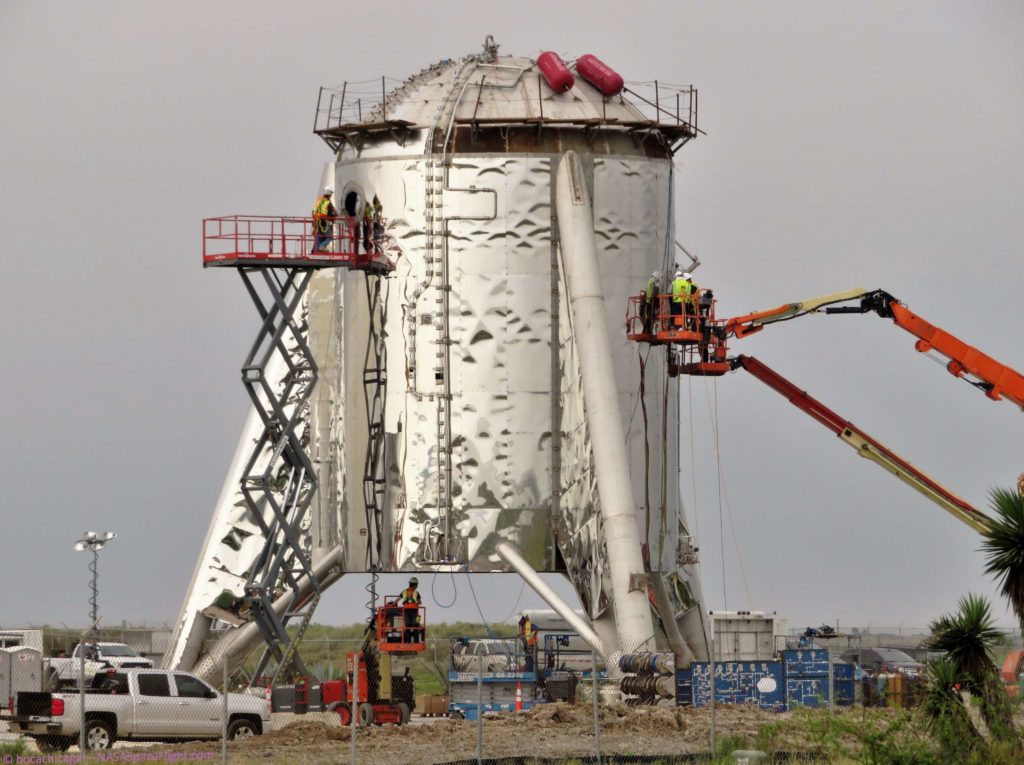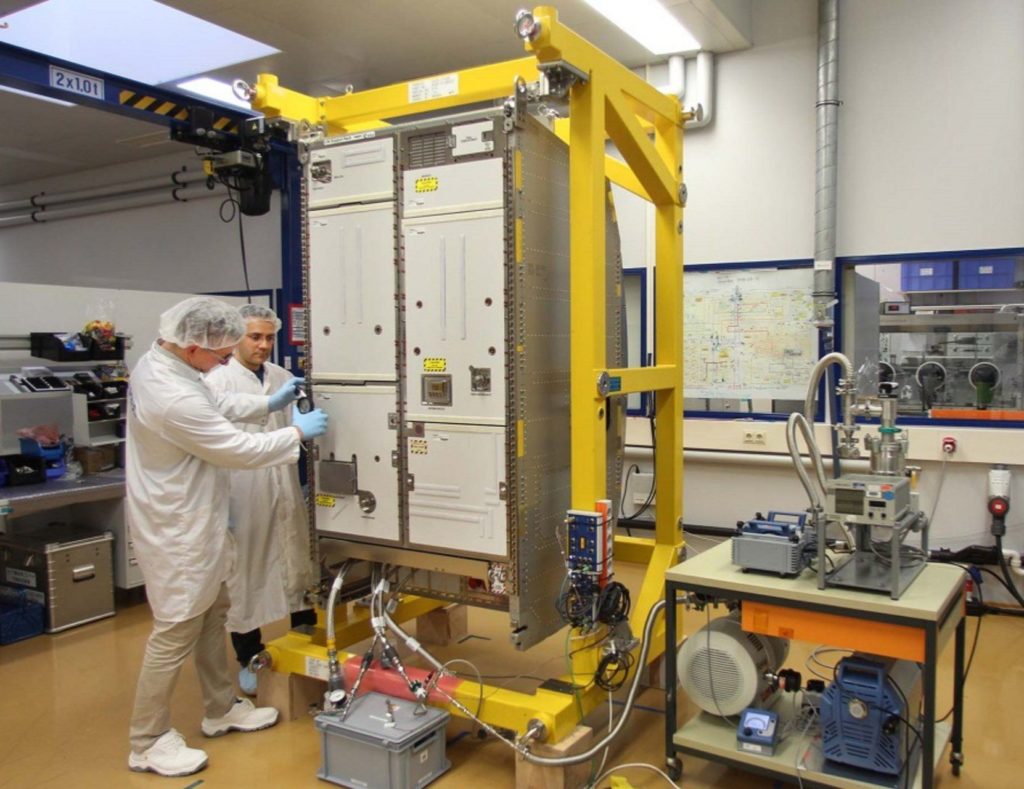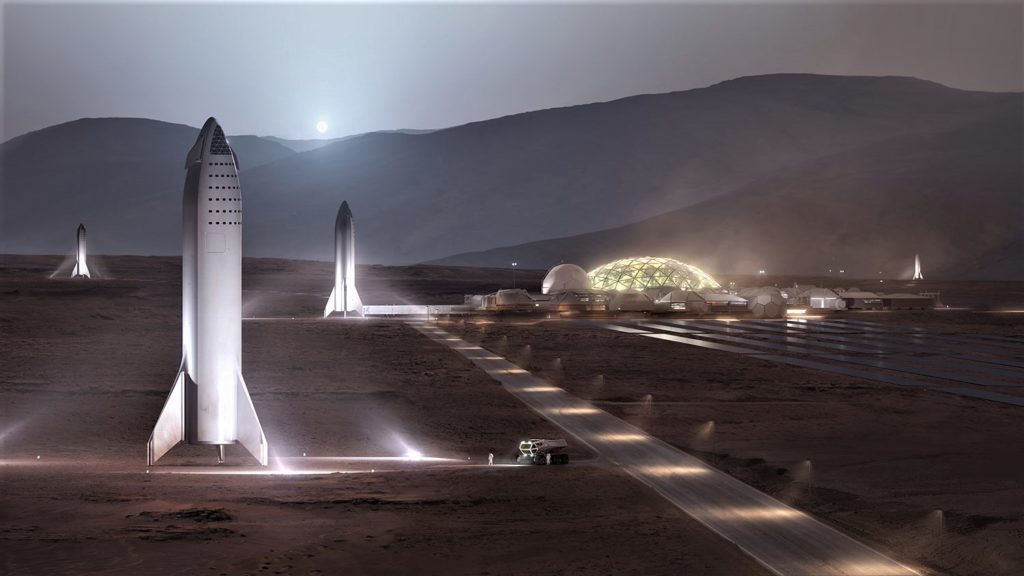News
DeepSpace: SpaceX takes huge step towards Mars with flawless Crew Dragon performance

This is a free preview of DeepSpace, Teslarati’s new member-only weekly newsletter. Each week, I’ll be taking a deep-dive into the most exciting developments in commercial space, from satellites and rockets to everything in between.
If you’d like to receive DeepSpace and all of our newsletters and membership benefits, you can become a member for as little as $3/month here.
While the mission is not done just yet, SpaceX is days away from (hopefully) wrapping up an extraordinarily smooth debut of its newest spacecraft, a human-rated vehicle known as Crew Dragon. Assuming no anomalous behavior during reentry, descent, and landing this Friday, SpaceX will likely be less than six months away from launching its first astronauts to the International Space Station (ISS), the most important step yet towards offering reliable and routine transport to Earth orbit and ultimately between Earth and Mars.
Founded by Elon Musk to kickstart a stagnant space industry and drive humanity to become an interplanetary species, SpaceX is in the process of building the first full-scale prototype(s) of the launch vehicle (Super Heavy) and spacecraft (Starship) it believes will deliver on those promises. Along with countless programmatic and technical lessons learned, every conceivable aspect of Crew Dragon’s development will feed directly into SpaceX’s development of Starship, meant to one day safely transport and land as many as 100 passengers on the surface of Mars.
A spacefaring civilization, one step at a time
In the process of building Crew Dragon, SpaceX has been forced to become rising experts in fields like human-rated environmental control and life support systems (ECLSS), as well as ensuring an even more extreme level of redundancy and reliability compared with SpaceX’s already high standards for their uncrewed Falcon rockets and Cargo Dragon spacecraft.
- More so than any particular piece of technology present on Crew Dragon, the process of both cooperating and grappling with NASA to build the spacecraft to high standards and ‘certify’ it has hopefully had an extremely positive impact on SpaceX’s own engineers and company-wide standards, albeit potentially at the cost of some of the willingness to take risks and move quickly.
“I’m personally convinced that this has made, certainly, SpaceX better, to have NASA guide us, and to look at requirements, and to try to question requirements, and what’s the true reason behind those requirements, and then basically comply with the overall safety culture that NASA taught us, I would say, to some extent. And so I feel like it certainly made a better SpaceX and made better engineers out of the SpaceX engineers. And I really appreciate that very much.”
-Hans Koenigsman, Vice President of Mission Assurance, SpaceX
Feet in Earth orbit, head in the Martian clouds
- Regardless, the end result will ultimately be a reliable spacecraft capable of transporting an average of 4-7 astronauts to and from the ISS, whether that end result is the result of near-perfect execution the first time around or discovering and fixing problems during flight tests.
- Compared to NASA, SpaceX prefers a radically agile approach to development, meaning that the company will rapidly build, test, and fly iterations of the same hardware of software, beginning with the minimum viable product and ending (although improvement never really ends) with an advanced solution optimized by extensive lessons learned.
- Through the process of building Crew Dragon, SpaceX has hopefully absorbed most of the valuable lessons and practices NASA can often be rich with while rejecting the unhealthy and unsuccessful tendencies that contribute to NASA’s distinctly unimpressive modern efforts to build human-rated rockets (SLS) and spacecraft (Orion, Space Shuttle).
- With that knowledge and technical experience, SpaceX may already have an extremely strong foundation upon which it can build its next-gen spacecraft, Starship. In theory, Crew Dragon’s life support system – meant to support up to 7 astronauts with extreme reliability and safety – should be able to scale up to ECLSS fit for dozens or hundreds of passengers.
- In a worst-case scenario relative to mass efficiency, SpaceX could quite literally package Crew Dragon’s ECLSS system into a module and duplicate it as many times as needed for a given Starship crew. Identical modules could then be transported in a cargo bay for any structures built on the surface of Mars or the Moon.
- Understandably, Crew Dragon does not need a significant number of systems critical for longer stays in space, as it is only designed to support humans for approximately one week in free-flight. SpaceX will still need to develop extremely efficient recycling systems, used to recycle water, oxygen, and other consumables to extend the amount of time the ISS (or Starship/Mars colonies) can operate without external supply deliveries.
- In essence, recycling technology is roughly (or sometimes exactly) equivalent to something known as in-situ resource utilization (ISRU), basically prioritizing local resources over shipped goods. A small subset of SpaceX’s future projects team has been working on ISRU – particularly Sabatier reactors for Starship refueling on Mars – for several years.
- In late 2017, Elon Musk stated that the design and development of SpaceX’s own ISRU hardware were “pretty far along.”
Mission Updates:
- SpaceX’s Crew Dragon spacecraft will attempt its first orbital-velocity reentry and Atlantic Ocean splashdown on the morning of Friday, March 8th.
- The second launch of Falcon Heavy could occur as early as late March
- Aside from DM-1 and Falcon Heavy Flight 2, it’s unclear what SpaceX mission will happen next. DM-1 may be the only SpaceX launch in March, while several missions are tentatively scheduled for April and May.
Photos of the week:
B1051 returned to Port Canaveral three days after successfully sending Crew Dragon on its first orbital mission. Thanks to the relatively low-energy trajectory and gentle reentry, SpaceX should be able to refurbish the booster extremely quickly.(c. Tom Cross, Pauline Acalin)



Elon Musk
SpaceX issues statement on Starship V3 Booster 18 anomaly
The incident unfolded during gas-system pressure testing at the company’s Massey facility in Starbase, Texas.

SpaceX has issued an initial statement about Starship Booster 18’s anomaly early Friday. The incident unfolded during gas-system pressure testing at the company’s Massey facility in Starbase, Texas.
SpaceX’s initial comment
As per SpaceX in a post on its official account on social media platform X, Booster 18 was undergoing gas system pressure tests when the anomaly happened. Despite the nature of the incident, the company emphasized that no propellant was loaded, no engines were installed, and personnel were kept at a safe distance from the booster, resulting in zero injuries.
“Booster 18 suffered an anomaly during gas system pressure testing that we were conducting in advance of structural proof testing. No propellant was on the vehicle, and engines were not yet installed. The teams need time to investigate before we are confident of the cause. No one was injured as we maintain a safe distance for personnel during this type of testing. The site remains clear and we are working plans to safely reenter the site,” SpaceX wrote in its post on X.
Incident and aftermath
Livestream footage from LabPadre showed Booster 18’s lower half crumpling around the liquid oxygen tank area at approximately 4:04 a.m. CT. Subsequent images posted by on-site observers revealed extensive deformation across the booster’s lower structure. Needless to say, spaceflight observers have noted that Booster 18 would likely be a complete loss due to its anomaly.
Booster 18 had rolled out only a day earlier and was one of the first vehicles in the Starship V3 program. The V3 series incorporates structural reinforcements and reliability upgrades intended to prepare Starship for rapid-reuse testing and eventual tower-catch operations. Elon Musk has been optimistic about Starship V3, previously noting on X that the spacecraft might be able to complete initial missions to Mars.
Investor's Corner
Tesla analyst maintains $500 PT, says FSD drives better than humans now
The team also met with Tesla leaders for more than an hour to discuss autonomy, chip development, and upcoming deployment plans.
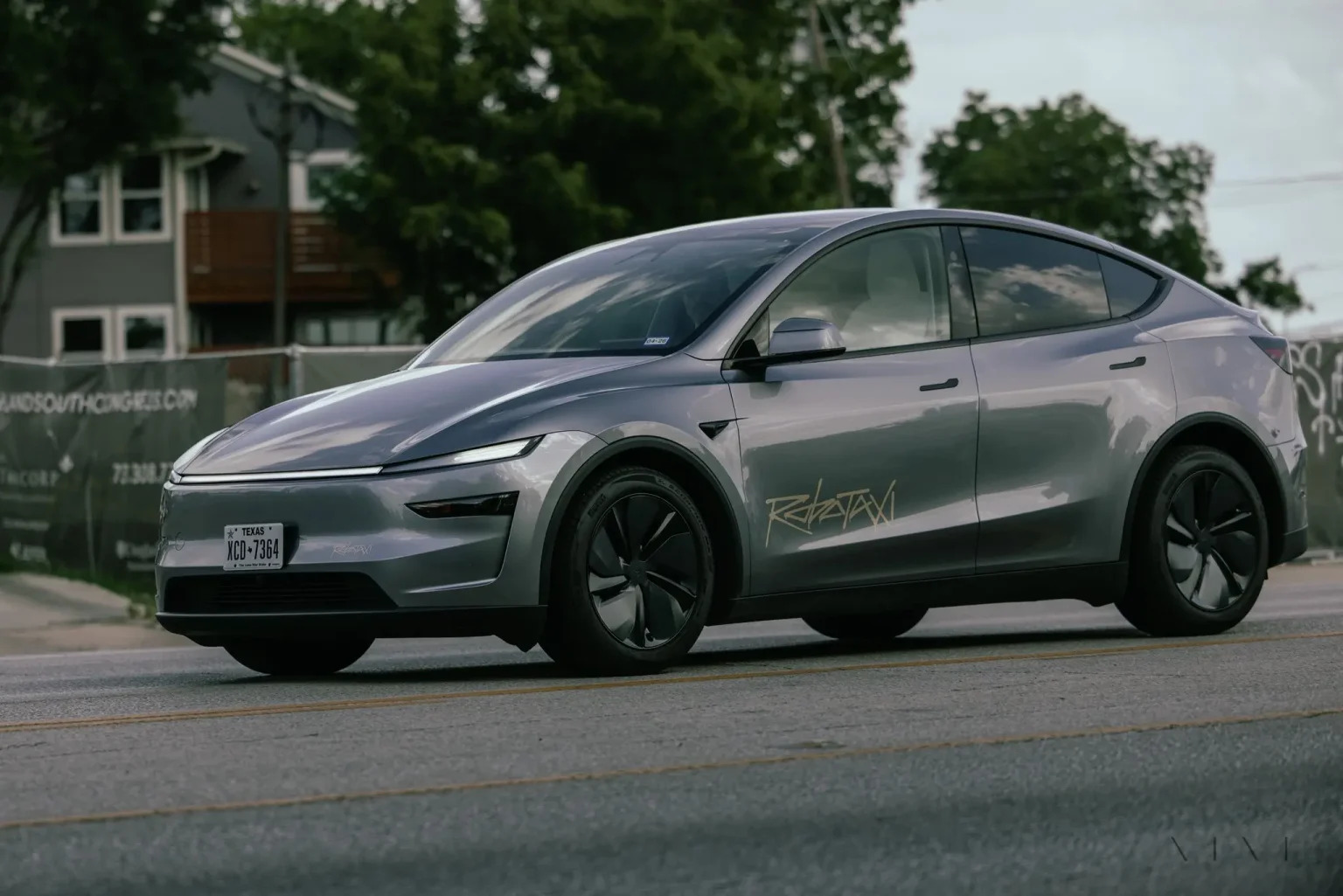
Tesla (NASDAQ:TSLA) received fresh support from Piper Sandler this week after analysts toured the Fremont Factory and tested the company’s latest Full Self-Driving software. The firm reaffirmed its $500 price target, stating that FSD V14 delivered a notably smooth robotaxi demonstration and may already perform at levels comparable to, if not better than, average human drivers.
The team also met with Tesla leaders for more than an hour to discuss autonomy, chip development, and upcoming deployment plans.
Analysts highlight autonomy progress
During more than 75 minutes of focused discussions, analysts reportedly focused on FSD v14’s updates. Piper Sandler’s team pointed to meaningful strides in perception, object handling, and overall ride smoothness during the robotaxi demo.
The visit also included discussions on updates to Tesla’s in-house chip initiatives, its Optimus program, and the growth of the company’s battery storage business. Analysts noted that Tesla continues refining cost structures and capital expenditure expectations, which are key elements in future margin recovery, as noted in a Yahoo Finance report.
Analyst Alexander Potter noted that “we think FSD is a truly impressive product that is (probably) already better at driving than the average American.” This conclusion was strengthened by what he described as a “flawless robotaxi ride to the hotel.”
Street targets diverge on TSLA
While Piper Sandler stands by its $500 target, it is not the highest estimate on the Street. Wedbush, for one, has a $600 per share price target for TSLA stock.
Other institutions have also weighed in on TSLA stock as of late. HSBC reiterated a Reduce rating with a $131 target, citing a gap between earnings fundamentals and the company’s market value. By contrast, TD Cowen maintained a Buy rating and a $509 target, pointing to strong autonomous driving demonstrations in Austin and the pace of software-driven improvements.
Stifel analysts also lifted their price target for Tesla to $508 per share over the company’s ongoing robotaxi and FSD programs.
Elon Musk
SpaceX Starship Version 3 booster crumples in early testing
Photos of the incident’s aftermath suggest that Booster 18 will likely be retired.
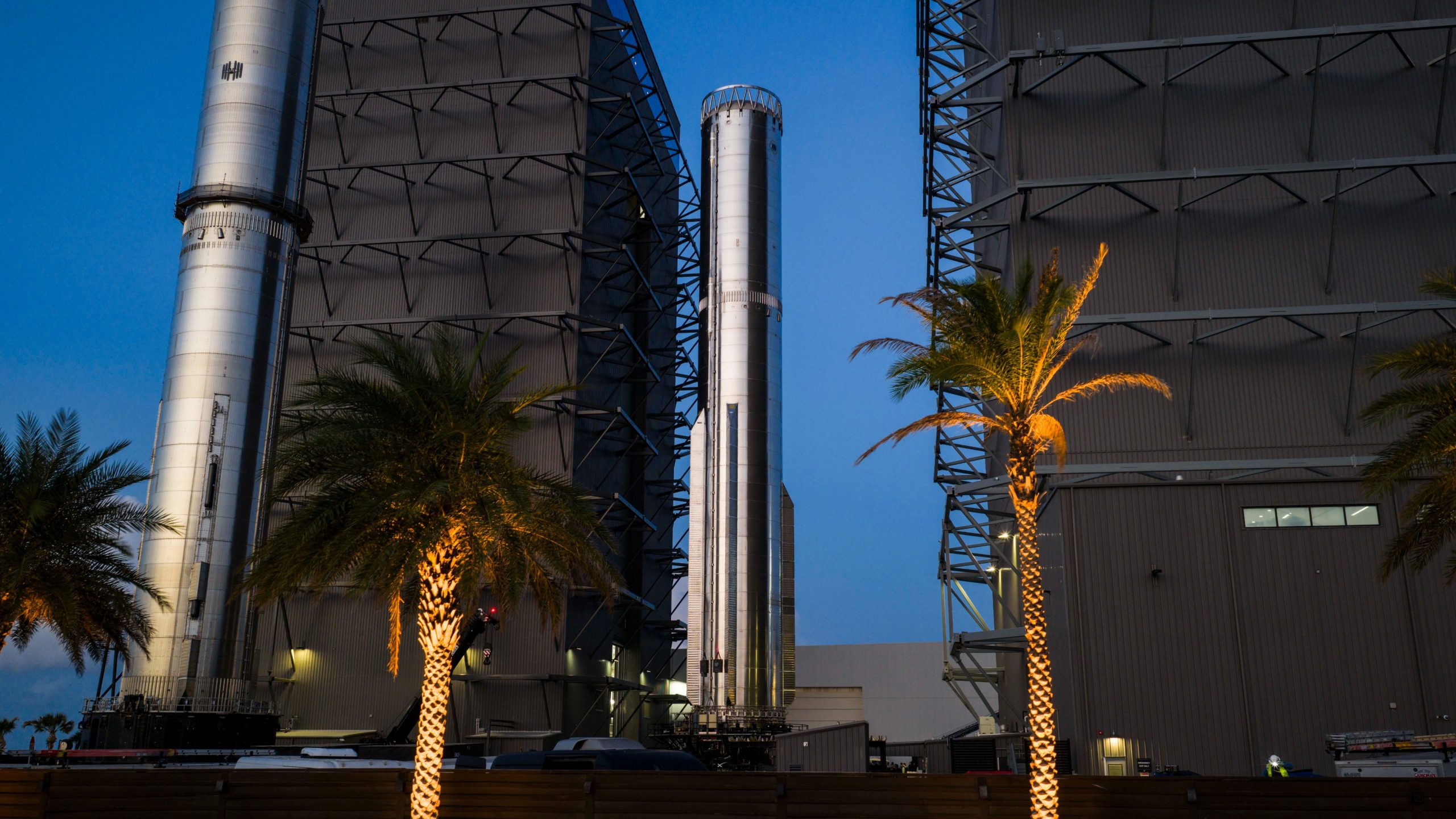
SpaceX’s new Starship first-stage booster, Booster 18, suffered major damage early Friday during its first round of testing in Starbase, Texas, just one day after rolling out of the factory.
Based on videos of the incident, the lower section of the rocket booster appeared to crumple during a pressurization test. Photos of the incident’s aftermath suggest that Booster 18 will likely be retired.
Booster test failure
SpaceX began structural and propellant-system verification tests on Booster 18 Thursday night at the Massey’s Test Site, only a few miles from Starbase’s production facilities, as noted in an Ars Technica report. At 4:04 a.m. CT on Friday, a livestream from LabPadre Space captured the booster’s lower half experiencing a sudden destructive event around its liquid oxygen tank section. Post-incident images, shared on X by @StarshipGazer, showed notable deformation in the booster’s lower structure.
Neither SpaceX nor Elon Musk had commented as of Friday morning, but the vehicle’s condition suggests it is likely a complete loss. This is quite unfortunate, as Booster 18 is already part of the Starship V3 program, which includes design fixes and upgrades intended to improve reliability. While SpaceX maintains a rather rapid Starship production line in Starbase, Booster 18 was generally expected to validate the improvements implemented in the V3 program.
Tight deadlines
SpaceX needs Starship boosters and upper stages to begin demonstrating rapid reuse, tower catches, and early operational Starlink missions over the next two years. More critically, NASA’s Artemis program depends on an on-orbit refueling test in the second half of 2026, a requirement for the vehicle’s expected crewed lunar landing around 2028.
While SpaceX is known for diagnosing failures quickly and returning to testing at unmatched speed, losing the newest-generation booster at the very start of its campaign highlights the immense challenge involved in scaling Starship into a reliable, high-cadence launch system. SpaceX, however, is known for getting things done quickly, so it would not be a surprise if the company manages to figure out what happened to Booster 18 in the near future.



